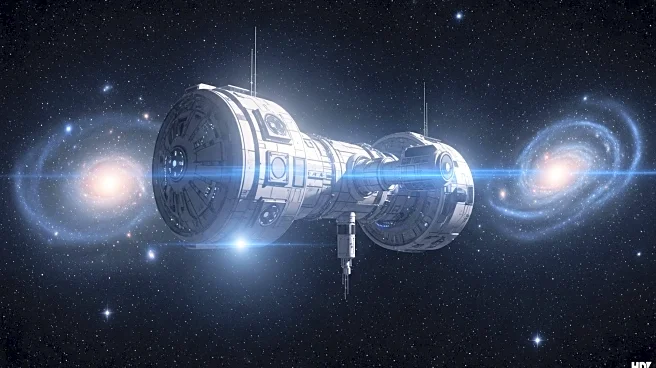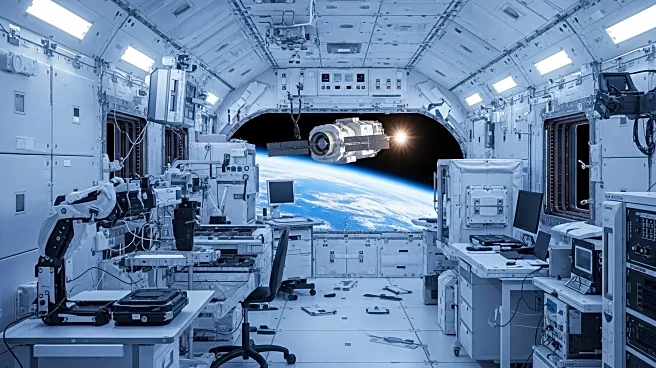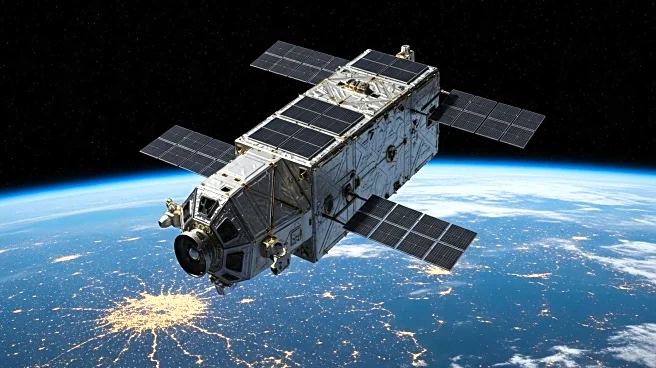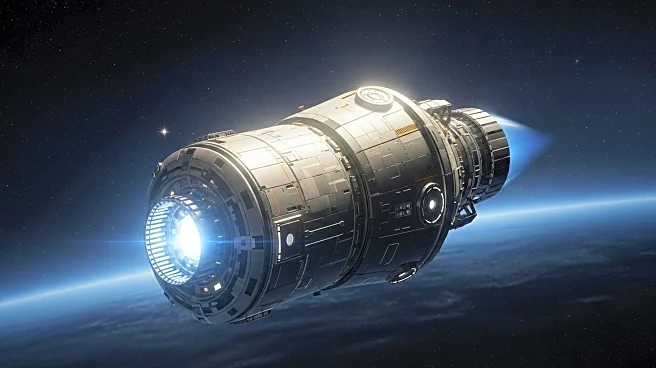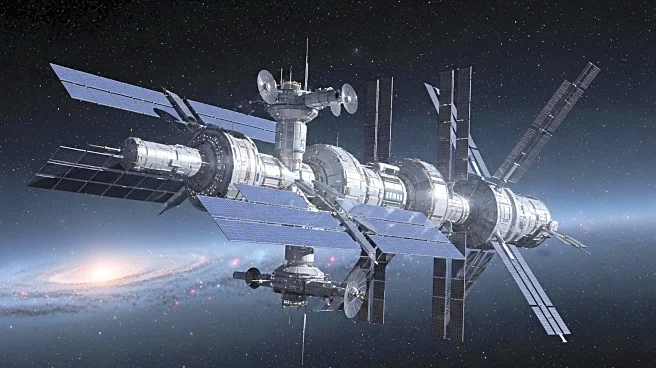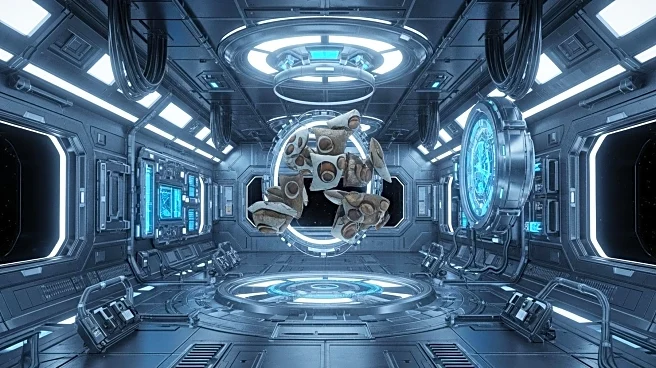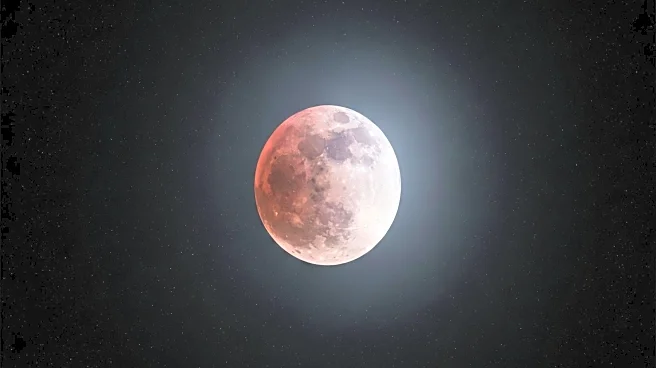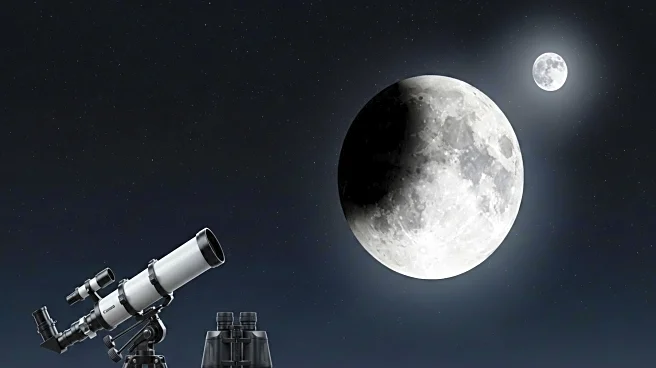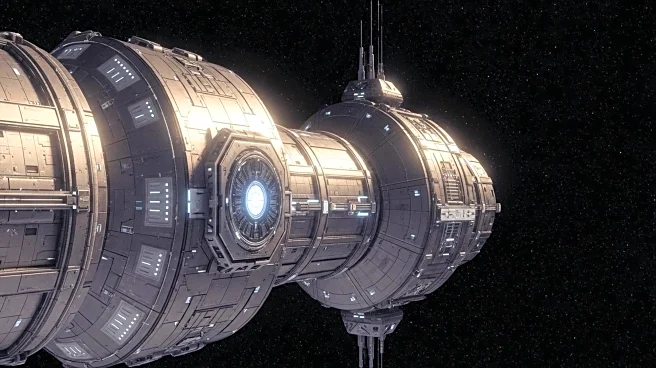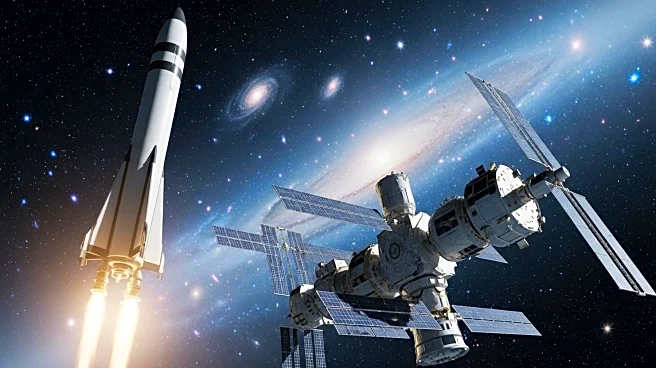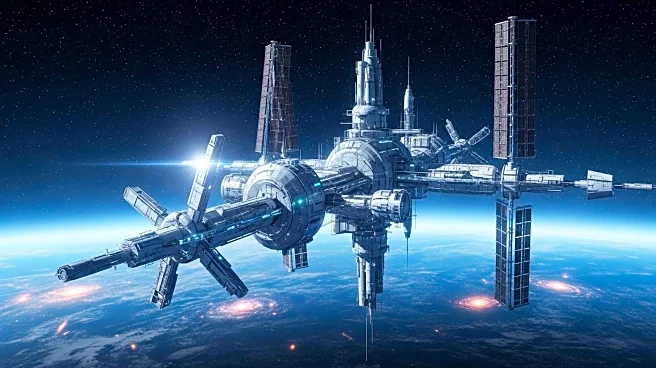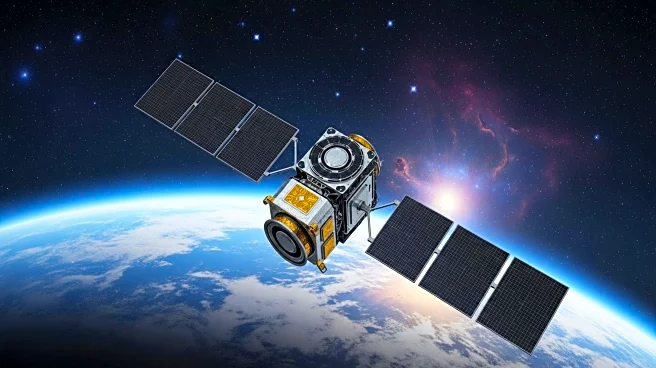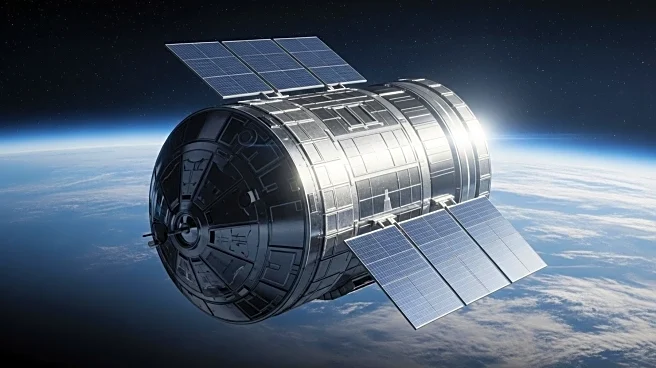What is the story about?
What's Happening?
NASA is actively seeking feedback from industry partners on a draft announcement for partnership proposals, known as AFPP, as part of the second phase of its strategy to support the design and demonstration of commercial space stations. This initiative is part of NASA's Commercial Destinations—Development and Demonstration Objectives (C3DO) program. The agency plans to hold an industry day on September 8, where it will gather insights from commercial space companies until September 12. The feedback will help shape the final AFPP, expected to be released by October 3, with awards anticipated by April 2026. NASA aims to enable the development of multiple commercial space station destinations, advancing them to the stage of an orbit LEO crewed demonstration flight targeted for no later than 2030.
Why It's Important?
The initiative is crucial for maintaining human presence in low Earth orbit as NASA prepares for the deorbiting of the International Space Station in 2030. By partnering with commercial space companies, NASA seeks to ensure continuity in space exploration and leverage industry innovation. The program is expected to provide $1 billion to $1.5 billion in funding from fiscal years 2026 to 2031, supporting at least two Space Act Agreements. This collaboration could lead to significant advancements in space technology and infrastructure, benefiting the U.S. space industry and maintaining its leadership in space exploration.
What's Next?
Following the feedback period, NASA plans to finalize the AFPP and make awards by April 2026. The Phase 2 agreements will have a five-year performance period, including funded milestones leading to critical design review readiness and an in-space manned demonstration. The agency anticipates a follow-on Phase 3 contract using Federal Acquisition Regulation-based contracts to procure station services through a full and open competition. This phase will also provide design acceptance and certification to ensure commercial space stations meet NASA's safety requirements.
AI Generated Content
Do you find this article useful?
